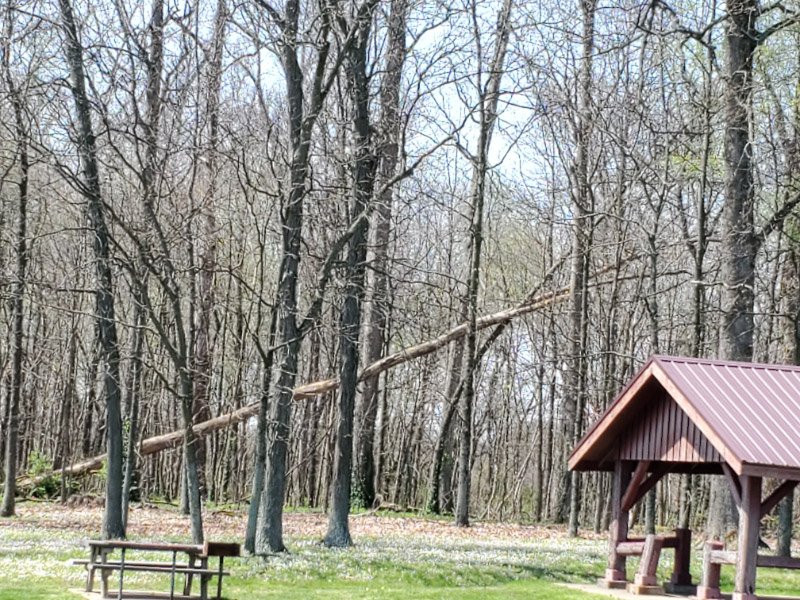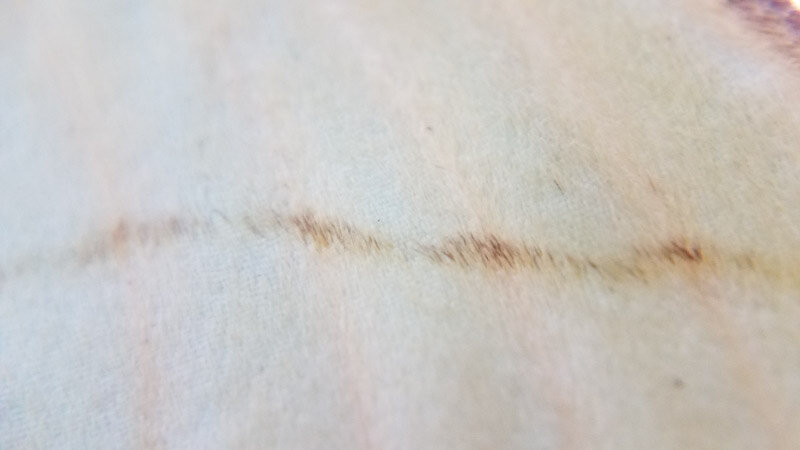Gleanings of the Week Ending October 28, 2023
/The items below were ‘the cream’ of the articles and websites I found this past week. Click on the light green text to look at the article.
Water Worker Stumbles Upon 2,500-Year-Old Gold Necklaces in Spain – Celtic gold….from before the Roman Empire ruled the Iberian Peninsula.
Canopy gaps help eastern hemlock outlast invasive insect – Hemlock wooly adelgid killed most of the hemlocks in the part of Maryland where I lived previously. Perhaps part of the reason so many died was that they were in forests where there were too few gaps in the canopy around them.
Germany to Surpass 50 Percent Renewable Power This Year – Good milestone but evidently Germany is still not on pace to reach its goal of 80 percent renewable power by 2030.
The surprising origin of a deadly hospital infection - The burden of C. diff infection may be less a matter of hospital transmission and more a result of characteristics associated with the patients themselves (i.e. patients that are already colonized with C. diff were at greater risk to transition to infection). However, it is still unknown what triggers the transition from C. diff hanging out in the gut to the organism causing diarrhea and the other complications resulting from infection.
Meet the Bison: North America’s Most Famous Mammal – Lots of info on bison…their history of almost being hunted to extinction.
The secret world of rhododendrons: a plant more ancient than the Himalayas that inspired fables and stories around the world - There are around 1000 species in total, and modern DNA-based work confirms that all “azaleas” are in fact species of rhododendron.
A Sign of Things to Come? After Last Ice Age, Europe Cooled as the Planet Warmed - More than 8,000 years ago, as the planet thawed following the end of the last ice age, Northern Europe abruptly cooled. New research reveals that Arctic ice melt weakened a critical ocean current, leaving Europe in the cold, a finding with important implications for future climate change.
Fiber from crustaceans, insects, mushrooms promotes digestion – Chitin (from insect exoskeletons and mushrooms) activates the immune system and benefits metabolism. Insects are not on my menu….but I could eat mushrooms more frequently. The researchers plan to follow up to determine whether chitin could be added to human diets to help control obesity.
Review of over 70 years of menopause science highlights research gaps and calls for individualized treatment - Less than 15% of women receive effective treatment for their symptoms. Socio-economic factors such as lower quality of life and the potential negative impact of menopausal symptoms on a woman's work performance aren't often acknowledged. Therapy should be individualized depending on age and health risks, recognizing that health risks may increase with age.
California and Florida grew quickly on the promise of perfect climates in the 1900s – today, they lead the country in climate change risks - In California, home owners now face dangerous heat waves, extended droughts that threaten the water supply, and uncontrollable wildfires. In Florida, sea level rise is worsening the risks of high-tide flooding and storm surge from hurricanes, in addition to turning up the thermostat on already humid heat. Global warming has put both Florida and California at the top of the list of states most at risk from climate change. These futures bring into question how historic visions of economic growth and the sun-kissed good life that California and Florida have promised can be reconciled with climates that are no longer always genial or sustainable.






















































